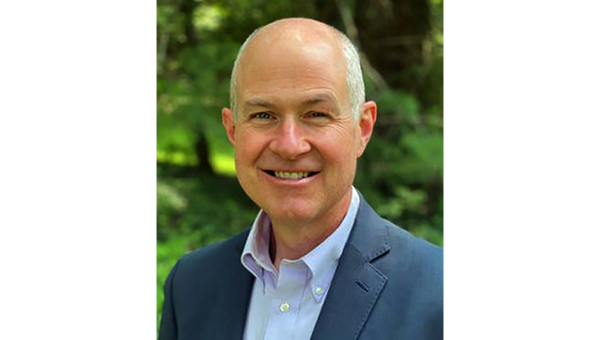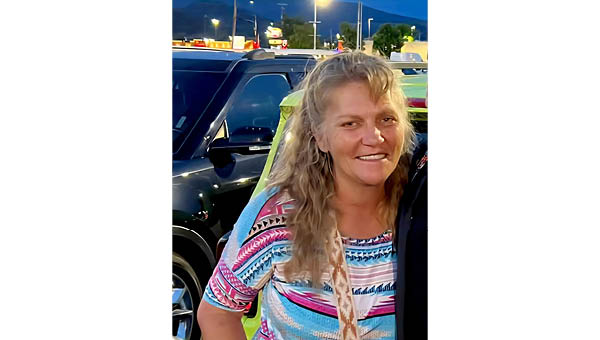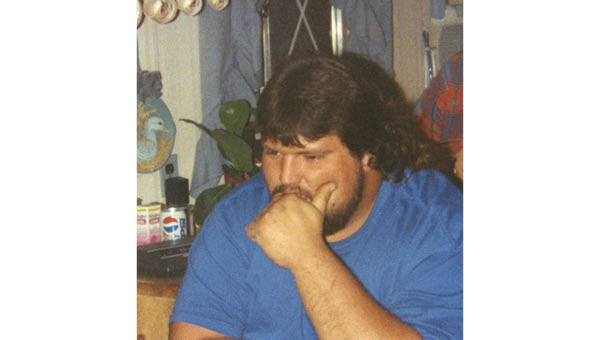Can a groundhog really predict the weather?
Published 11:20 am Tuesday, January 30, 2024
|
Getting your Trinity Audio player ready...
|
The Prognosticator of Prognosticators, Punxsutawney Phil, will once again appear at sunrise on Feb. 2 at Gobbler’s Knob in the Pennsylvania Wilds to make his annual prediction on the 138th Groundhog Day.
And, every year we take Phil’s weather forecast – six more weeks of winter, or an early spring as gospel.
It’s about as strange (and cute) as holidays get. So how did Groundhog Day go from a kooky local tradition to an annual celebration even those of us who don’t worry about winter can find the fun in?
But can a groundhog really predict the weather? Sorry, but the statistics say no. According to the Stormfax Almanac, in his prolific 130-year career as a weather forecaster, Punxsutawney Phil’s predictions have only been correct about 39 percent of the time.
Yet, come Friday morning people around the country will wake up and look for news from Pennsylvania to learn how much longer winter will last, as foretold by Punxsutawney Phil, a groundhog, on Groundhog Day.
If he sees his shadow, we can expect six more weeks of winter. If not, we’ll have an early spring. But, before you think about packing away the parka (Phil almost always predicts more winter, anyway), let’s take a quick look at the day, these rotund rodents and their relatives.
The tradition, according to the official Groundhog Club’s website, seems to have originated from an ancient Christian celebration, called Candlemas Day. On this day, halfway between the winter solstice and the spring equinox, clergy would bless and hand out candles to people. According to an old English song, the weather on the day would indicate the climate for the coming weeks.
“If Candlemas be fair and bright,
Come, Winter, have another flight;
If Candlemas brings clouds and rain,
Go Winter, and come not again.”
Germans eventually added the component of going to small, furry mammals for guidance, originally European hedgehogs, with the basic, shadow-casting tradition we know today. When German settlers came to the United States, though, hedgehogs were hard to find, so they chose groundhogs as suitable replacements, even if they weren’t in the same family.
Groundhogs, with adults weighing up to about 12 pounds, are the largest members of the family Sciuridae, which includes squirrels, chipmunks and marmots. They mostly are found in the central and eastern portions of the United States, as well as in Canada and Alaska. They gorge themselves on as much food as they can find during the summer and fall and then, as one of the few animal species that truly hibernates, they spend most of winter tucked away in their burrows. This may have helped encourage the idea they could predict the change of seasons. They definitely get their day in the sun every February 2, but many people, especially farmers, consider groundhogs nuisances. They have a tendency to raid crops and their burrows make for unstable ground for tractor equipment and cattle and horses can break their legs by falling into a burrow’s holes.
Part of the reason so many of us know about Groundhog Day is due to the 1993 film of the same name.The phrase “groundhog day” even became shorthand for that déjà vu feeling of reliving the same day over and over. But Punxsutawney Phil became something of a cult celebrity even before the film debuted – he appeared on the “Today” show in 1960 and visited the White House in 1986. He even charmed Oprah Winfrey, appearing on her show in 1995.
Before he was a celebrity, though, he was lunch. In a terrible twist, the earliest Groundhog Days of the 19th century involved devouring poor Phil after he made his prediction.
As for his accuracy in weather-predicting – Phil’s hit or miss. He often sees his shadow – 107 times, before this year, per the York Daily Record, which has analyzed every single one of Phil’s official weather predictions since the 19th century. Last year, Phil saw his shadow, which coincided with a huge winter storm.
So you actually have a better chance of predicting the next six week’s weather yourself with the flip of a coin.





